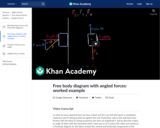
Sal draws a free body diagram for a box held stationary against a wall with a force at an angle theta.
- Subject:
- Physical Science
- Physics
- Material Type:
- Lesson
- Provider:
- Khan Academy
- Provider Set:
- Khan Academy
- Author:
- Sal Khan
- Date Added:
- 07/02/2021

Sal draws a free body diagram for a box held stationary against a wall with a force at an angle theta.

David explains moment of inertia and the rotational version of Newton's second law and shows how to solve an example problem. Created by David SantoPietro.
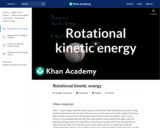
David explains what rotational kinetic energy is and how to calculate it. Created by David SantoPietro.
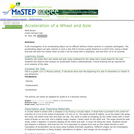
Students make a wheel and axle out of cardboard and a wooden dowel. It is rooled along a ramp made of parallel meter sticks, and the acceleration can be made small enough to make accurate measurements and calculations.

This activity enables students to apply concepts of 'newton's laws of motion' that are learned in class to a realworld situation by having them create a car powered by a deflating balloon that travels as far as possible.
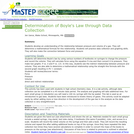
This is a lab activity where students observe the relationship between pressure and volume. They use their data to determine the formula for Boyle's Law.
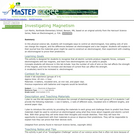
This activity is a lab investigation where students work in groups to develop their own electromagnets.

In this activity, students play the roles of consultants in developing a geologic 'tour' south od Rochester, New York, near the Pennsylvania border. They will gather information on the local rock types and underlying geology, examine an assemblage of fossils from the bedrock and from glacial erratics, and prepare a report detailing the geology with cross-sections and a timeline based on the fossil occurrences. They will also develop a plan for a walking tour highlighting the geology of the area.

The purpose of this activity is to construct a model that will provide students with a visual representation of parts per billion. Students work in teams to construct cubes of different volumes and to compare them to get a feel for parts per million by volume and parts per billion by volume. The intended outcome is that students gain a feeling for the small quantities of gases, such as ozone, present in the Earth's atmosphere.

This activity introduces wind energy concepts through a reading passage and by answering assessment questions. The main section of the activity involves constructing and testing a windmill to observe how design and position affect the electrical energy produced.

This video illustrates the advantages of woody biomass as a renewable, carbon-neutral energy source. Woody biomass is underutilized and often overlooked as a renewable fuel, and it can be harvested sustainably and burned cleanly.
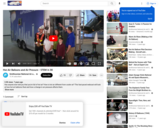
This fast-paced webcast will look at how hot air balloons float and how a change in air pressure affects them.
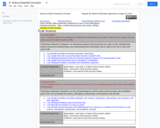
8th Grade Regular Science Scope & Sequence

This video segment adapted from NOVA shows how Galileo used his telescope to carefully observe and study sunspots.
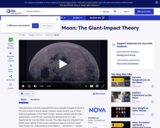
This video segment adapted from NOVA follows the Apollo 15 astronauts as they collect samples of ancient rock from the Moon's crust, whose discovery helps lead to a radical new theory about the Moon's origin.
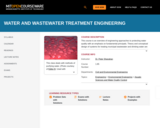
This course is an overview of engineering approaches to protecting water quality with an emphasis on fundamental principals. Theory and conceptual design of systems for treating municipal wastewater and drinking water are discussed, as well as reactor theory, process kinetics, and models. Physical, chemical, and biological processes are presented, including sedimentation, filtration, biological treatment, disinfection, and sludge processing. Finally, there is discussion of engineered and natural processes for wastewater treatment.

We live on the continent of North America in the country of the United States. There are 50 states in this great country and as citizens of the United States we should know what those states are. In this seminar you will learn the names and locations of all 50 states. Wow your friends and family with your geographical knowledge! Standards7.1.4.B Describe and locate places and regions as defined by physical and human features.

We live on the continent of North America in the country of the United States. There are 50 states in this great country and as citizens of the United States we should know what those states are. In this seminar you will learn the names and locations of all 50 states. Wow your friends and family with your geographical knowledge! Standards7.1.4.B Describe and locate places and regions as defined by physical and human features.
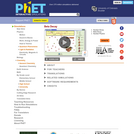
Watch beta decay occur for a collection of nuclei or for an individual nucleus.
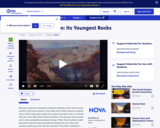
This video segment adapted from NOVA features the youngest rock formations in the Grand Canyon, lava dams, and how they are subject to the eroding power of water.